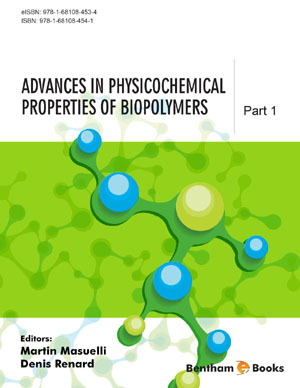Abstract
Evidence supports that all of the molecular oxygen present in Earth’s atmosphere today could have been produced in the last 2,000 years. Photosynthesis by green plants, algae and related phytoplankton are the source of this atmospheric molecular oxygen. Green plants are the “sugar factories of the world” and have intricate microscopic systems within leaves that use sunlight, water, and carbon dioxide to produce carbohydrates and oxygen. Capture of photons from sunlight requires a complex array of pigments that include the green molecule chlorophyll. The photons are captured via absorption by pigments that are organized sequentially in a specific order within leaf structures called chloroplasts. Leaves have a complex, organized macroscopic structure and an even more complex microscopic structure. This organization begins with the shape and structure of the leaf itself. Leaves have an aerodynamic shape that allows them to survive in wind and rain and are oriented to capture sunlight. They have an outer waxy coating which retards water loss but with provisions (stomata) that regulate entrance and efflux of carbon dioxide, oxygen, and water vapor. The biosynthesis of carbohydrate from carbon dioxide requires energy input, and the leaf has intricate mechanisms for capturing sunlight to make chemical bonds in ATP. Great political turmoil recently has arisen over claims that carbon dioxide in the atmosphere is the determining factor in increasing the global temperature by amplifying the “greenhouse” effect. Based on speculation and questionable computer models, man-made (anthropogenic) carbon dioxide is said to be the cause of what initially was called “global warming”, but more recently has been changed to “climate change”. The ability to scientifically measure photosynthesis globally has become relevant for making intelligent decisions about climate change and atmospheric CO2 concentration. There is reason to believe that natural (and/or future artificial) photosynthesis can maintain the balance of atmospheric CO2.
Keywords: Aerobic life, Algae, Antennae, ATP, C3 plants, C4 plants, Calvin Cycle, CAM plants, Carbon dioxide, Chlorophyll, Climate change, Desert plant, Enzyme, Leaf, Lysozyme, Melvin Calvin, Oxygen, Peroxisomes, Petagram, Photosynthesis, Photosystem I, Photosystem II, Phytoplankton, RuBisCO, Stomata, Sunlight, Thylakoid membrane, Transpiration, Water vapor.

















